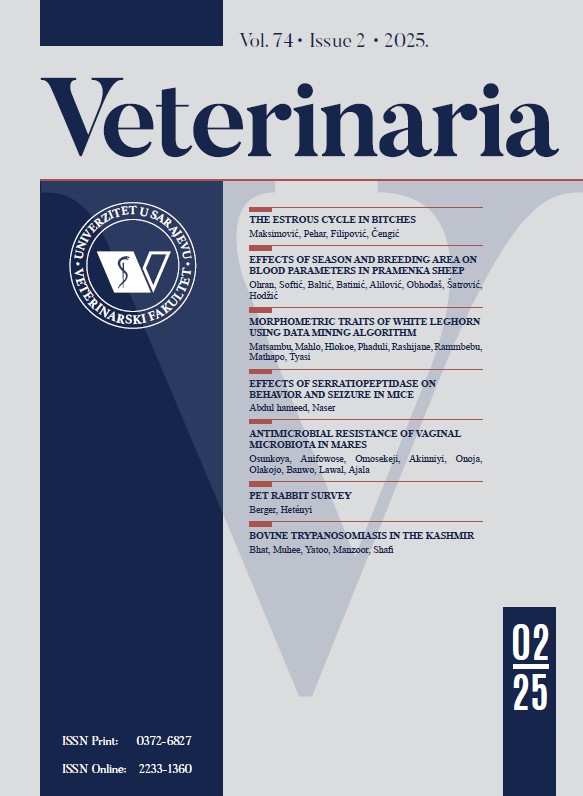Preliminary results of radionuclide monitoring and risk assessment for biota in the marine ecosystem of Bosnia and Herzegovina
DOI:
https://doi.org/10.51607/22331360.2025.74.1.14Keywords:
ERICA risk assessment, Mussel Watch, Neum bay, radioactivityAbstract
The purpose of this paper is to provide an example of radioecological monitoring using the Mytilus galloprovincialis L. as an indicator organism, following the example of many Mussel Watch monitoring programs in the world. Using gamma spectrometric measurements and ERICA software for risk assessment, we offer the first results in a radioecological sense for the marine ecosystem of Bosnia and Herzegovina. Organisms that are at risk of manifesting the effects of higher radionuclide activities are birds, mammals, phytoplankton and reptiles. The highest risk coefficient of 5.73E+01 is for phytoplankton. If 5 kg of mussels are consumed by humans on an annual level, observed radionuclides would produce an effective dose of 25.6 μSv/a.

Downloads
Published
How to Cite
Issue
Section
License
Copyright (c) 2025 Mirza Čelebičić, Nejra Karaman, Nedim Mujić, Avdul Adrović, Nedžad Gradaščević

This work is licensed under a Creative Commons Attribution 4.0 International License.







